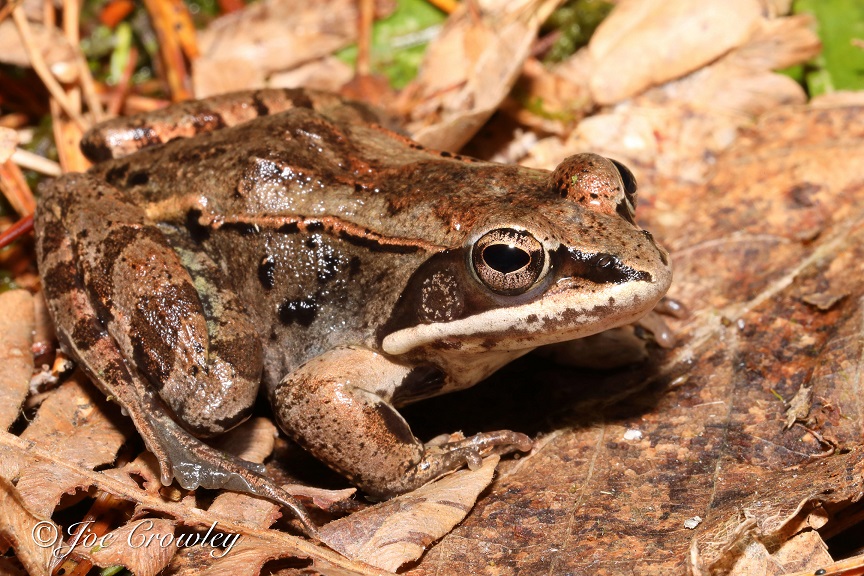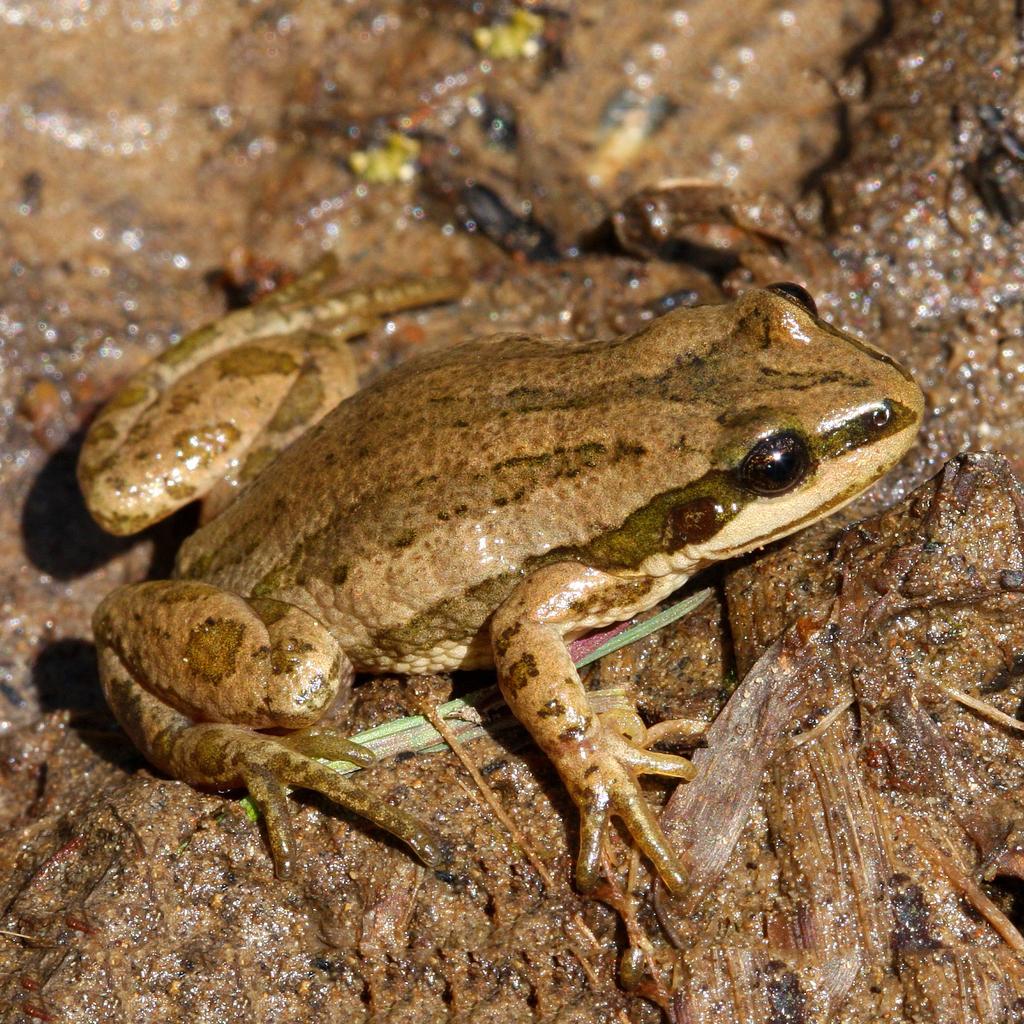Coyotes (Canis latrans) are, arguably, one of the most famous of urban animals in North America and, in particular, Alberta. These charismatic canines are close relatives of the wolf and domestic dog, all of which belong to the scientific genus Canis. Coyotes are not considered under any risk in terms of extinction threat, which means we do not see decreases in their population sizes, and they seem to adapt to the changing human-centric world far better than many other species do.
Identification
Coyotes have a variety of colors, but typically their coats
are a mixture of mainly grey, light brown, and rusty red colors with some black
and white. Coyotes look like they're about the same size as a medium-sized dog, but they weigh only about 13 kilograms (30 pounds) on average. The animals seem
larger than they actually are because of their thick fur that allows them to
survive cold winter temperatures. The small size of coyotes makes them fast
animals; because they do not have to move large amounts of weight, they can
move quickly at speeds of about 60 km/h.
History
Coyotes originated in the western areas of North America. However, over the past 200 years or so, they have spread to cover the entirety of the continent besides its northernmost regions. In the eastern areas of the continent, coyotes are larger than ones living in the west. This is likely due to crossbreeding with larger wolves. During the eastward spread, coyotes encountered human cities and, being adaptable animals, moved in to them to set up new habitats to live in.
Photo by Jim Cumming
Benefits
Coyotes are carnivorous animals and avid predators on small
mammals like rodents. Because of this, they provide valuable pest control
services. They’re also an animal that is unique to North America and have
cultural significance to some Indigenous groups on the continent. The Blackfoot
have stories of Napi (Old-Man) and Kipitaakkii (Old-Lady), both of whom are
demigod figures that fill the role of creators of many animals, including
humans. They are both well-intended tricksters and have strong connections with
coyotes.
Coyotes also present interesting study areas for scientists.
One study has found them interacting and cooperating with badgers to hunt
ground squirrels. While coyotes are fast animals, they’re not good diggers.
Badgers, on the other hand, have huge digging claws, but short legs and aren’t
very fast. The two cooperate by having the badger dig up ground squirrel
tunnels and, when the squirrel leaves, the coyote will chase it down and then
share with the badger.
Photo by Charles G. Summers Jr.
Problems and Solutions
Being carnivores, coyotes can also attack pets. It is
recommended that pet owners keep their pets inside their homes or supervise
them while outside to ensure attacks do not happen.
Despite being a common sight in cities, coyotes do not like
to interact with humans. If one is encountered, acting aggressively towards it
by throwing rocks, making noise, and making yourself appear large can scare the
coyote away. You also should not feed coyotes because this will cause them to
overcome their innate fear of humans and could lead to further interactions and
potentially attacks between coyotes and humans. Despite their presence in urban environments, it needs to be emphasized that coyotes are still wild animals and interaction should be avoided whenever possible.
Coyotes have been shown to carry a parasitic tapeworm known as Echinococcus multiocularis. Albertan coyotes in particular have high infection rates. This tapeworm poses a threat to humans, as it can parasitize them as well if they interact with an infected animal. Again, the best way to avoid infection is to avoid interaction with wildlife, and practice good hygiene by properly cleaning yourself after spending time outside.
Many attempts have been made to try and remove coyotes from
cities. Despite successfully removing some, others just move in to take their
place. As such, it seems that the species will become a permanent fixture
within cities across the continent.
Photo by Jaymi Heimbuch
Sources
Hinton, J.,
Heppenheimer, E., West, K., Caudill, D., Karlin, M., Kilgo, J., Mayer, J.,
Miller, K., Walch, M., von Holdt, B., & Chamberlain, M., 2019. Geographic
patterns in morphometric and genetic variation for coyote populations with
emphasis on southeastern coyotes. Ecology and Evolution 9(6), 3389-3404.
Minta, S.,
Minta, K., & Lott, D., 1992. Hunting associations between badgers (Taxidea
taxus) and coyotes (Canis latrans). Journal of Mammalogy, 73(4), 814-820.
https://www.edmonton.ca/residential_neighbourhoods/pets_wildlife/about-coyotes
http://www.native-languages.org/napi.htm












